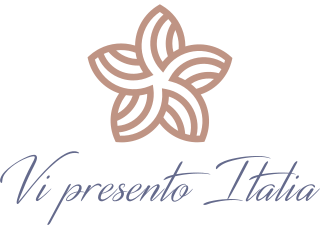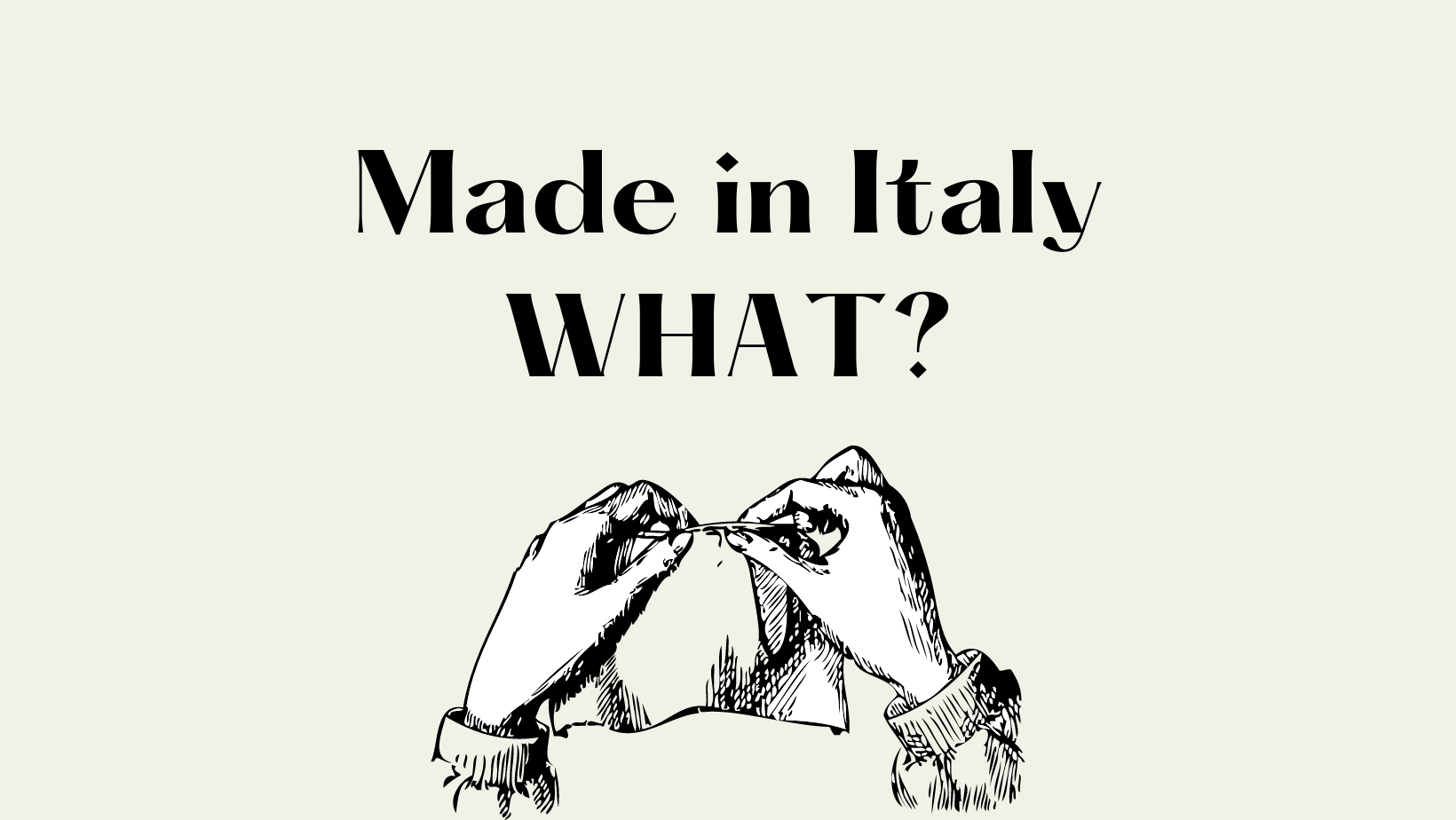Have you ever wondered what Made in Italy means and what this brand represents today?
It is one of the world’s best-known and most-appreciated brands, the hallmark of a know-how that sets us apart in the eyes of other countries.
Creativity, quality, and Italian life style are expressed mainly in the areas of apparel, furnishings, mechanical automation, and agrifood.
But the world itself has changed over the years, and “Made in Italy” has increasingly needed precise definitions and legal safeguards, rules to protect against counterfeiting, fraud, unfair competition, and false or misleading indications of origin that mislead consumers.
So what is “Made in Italy“?
In general, it is possible to include the “Made in Italy” mark of origin if the product was made entirely in Italy or if it underwent its last substantial transformation in Italy.
Let’s face it, many large companies – not all of them, of course – do very little in Italy. They have the option of producing abroad, taking advantage of cheap labor and using materials of questionable quality, and when they bring their products back to Italy, all they have to do is make a small change, even a simple button change, and they can affix the famous Made in Italy mark.
Little to blame the companies, because all this is allowed by law.
The law stipulates that, in the sectors we listed earlier, the “Made in Italy” mark can only be applied to products for which at least the last stage of production has taken place in Italy.
That’s a bit of a rip-off for those who try to make everything in Italy.
But don’t worry, what is cheaply made abroad is not exactly like what we produce in Italy, both in terms of craftsmanship and quality of materials, and in the long run the differences are very noticeable.
But how do you choose and understand when a product has really been made in Italy and with good quality standards?
If you’re not an expert, there are a few things you can look out for.
Here are just a few:
- The first thing you can do is to carefully read the label, which should indicate the place of origin of the product, the materials used, and the usual instructions for washing.
- If a company has nothing to fear about the fabrics used and the production cycle, it will certainly have included the respective certifications on the label, such as the initials GOTS (Global Organic Textile Standard), which guarantees that the products contain at least 70% natural fibres from organic agriculture, if they are textiles or personal care items.
- In addition, this acronym also certifies that manufacturing activities, such as dyeing or printing, carried out on behalf of third parties, are provided by operators who have in turn adopted models and management procedures in accordance with the requirements
.
- Finally, that the chemical products used in the processing of the textile industry comply with the requirements, through appropriate assessment, based primarily on the verification of toxicological and eco-toxicological characteristics.
In addition to GOTS there are other certifications, such as the FTS (Fair Trade Textile Standard) which aims to give greater weight to the demands of textile factory workers and to enable them to negotiate their working conditions independently.
We’ll go into more detail about this and other certifications in future articles.
To recap, if you want to understand on the fly that a product is really made in Italy and of what quality it is, just take 2 minutes to read the label, and already from there you will have an idea.




